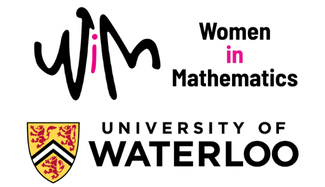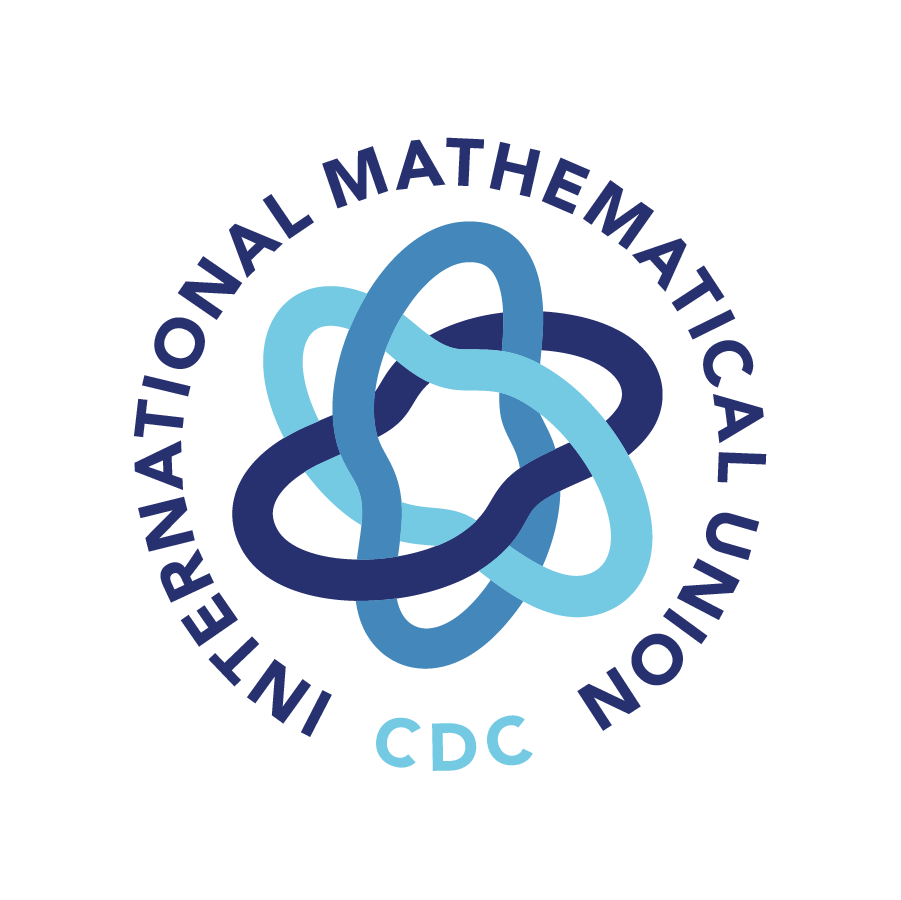)
22 - 28 August 2025
The aim of the school is to introduce undergraduate and graduate students to several classical themes in number theory, from its foundations to some recent results and applications in computer science. It will consist of three lecture courses accompanied by extensive discussion sessions.
François Charles (ENS Paris) will give a course on geometry of numbers. This will be an introduction to algebraic number theory. An algebraic number is naturally viewed as a vector with all its conjugates (other roots of the same polynomial with rational coefficients) as the coordinates. This way a ring of integers of a number field is viewed as a lattice in R^n and the study of these lattices provides fundamental information on algebraic numbers. This approach was initiated by Herman Minkowski in the end of XIX century and was developed by many mathematicians (including Louis Mordell, Harold Davenport and Carl Ludwig Siegel). In early 1980s Hendrick Lenstra and collaborators pioneered algorithmic applications to integer programming and other discrete optimization problems. The course will introduce the tools of geometry of numbers and discuss its recent algorithmic applications.
Javier Fresán (Sorbonne University) will give a first introduction to analytic number theory. The prime number theorem states that the number of primes <x is asymptotic to x/log(x). It was proved independently by Hadamard and de la Vallee Poussin in 1896 using sophisticated analysis of complex analytic functions. Fresán's course will start with a new proof of the prime number theorem found in 1950s by D. J. Newman, which is accessible for students and uses hardly any tools from complex analysis beyond Cauchy's theorem. The next topics will be to explain in which ways the Riemann hypothesis allows one to improve results about the distribution of primes, and to prove Dirichlet’s theorem about prime numbers in arithmetic progressions. If time remains, an introduction will be given to more recent results about prime gaps in the spirit of Zhang and Maynard.
Jolanta Marzec-Ballesteros (Adam Mickiewicz University in Poznań) will introduce elliptic modular forms, an important tool of modern arithmetic. These are holomorphic functions on the complex plane that, quoting Barry Mazur, satisfy so many internal symmetries that their mere existence seem like accidents. Such functions appear to be useful in combinatorics (e.g. for studying properties of partition functions), number theory (to prove Fermat's Last Theorem) and other areas of mathematics and theoretical physics (e.g. Monstrous moonshine, sphere packing in higher dimensions, quantum field theory). Modular or, more generally, automorphic forms are key objects in the Langlands Program, a metahypothesis that shapes current development of arithmetic algebraic geometry. The course by Marzec will overview basic theory of modular forms and discuss their L-functions, the latter topic being a common thread for the three courses in our school. Some time will be devoted to connections of modular forms with coding theory.
Necessary prerequisites
introductory course in complex analysis
basic abstract algebra (linear algebra, group theory, finite fields)
Please apply before 15 April
Khata-Maysternya
Seminar house in Carpathian mountains
Babyn village, Ivano-Frankivsk Region, Ukraine
Piotr Achinger, Kyiv School of Economics (KSE) / Institute of Mathematics of the Polish Academy of Sciences (IMPAN)
Olena Karlova, Yuriy Fedkovych Chernivtsi National University
Masha Vlasenko, Kyiv School of Economics


